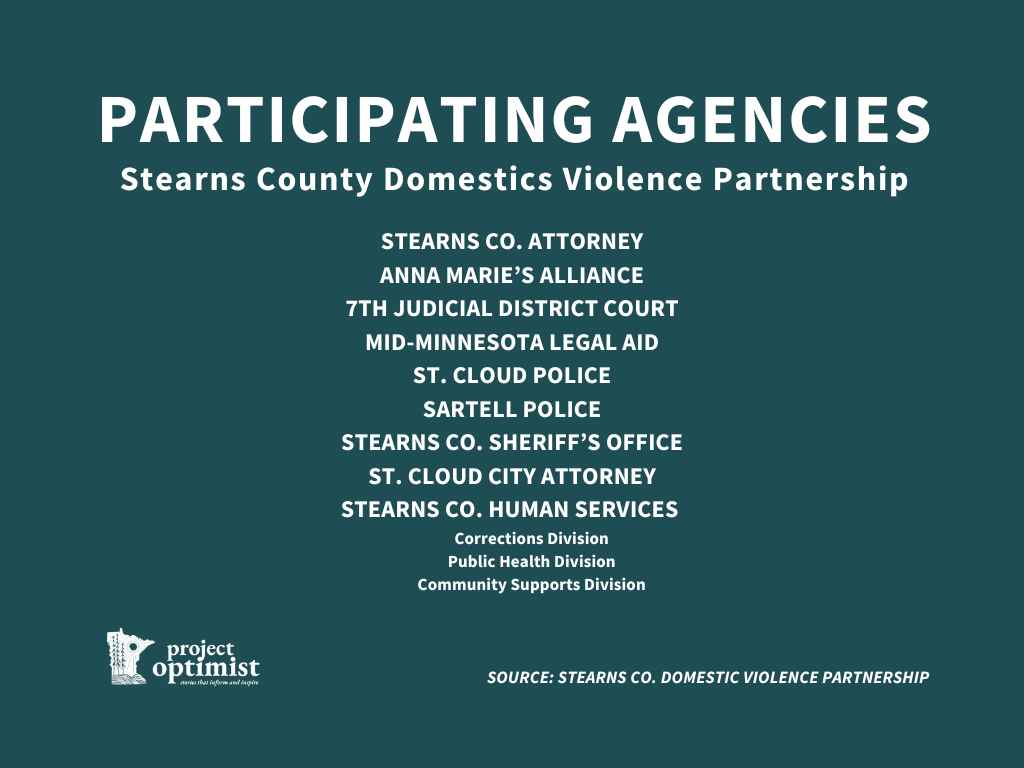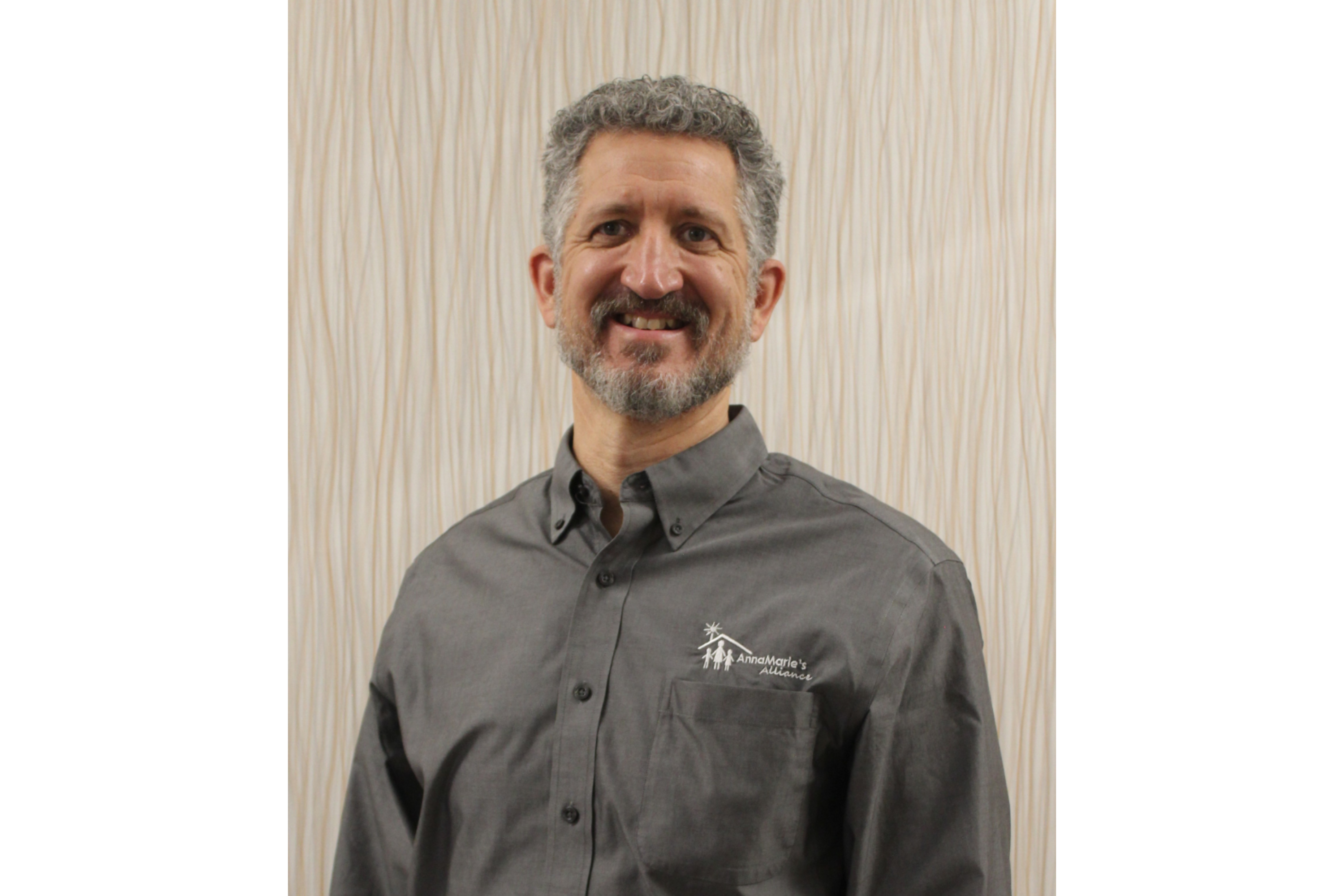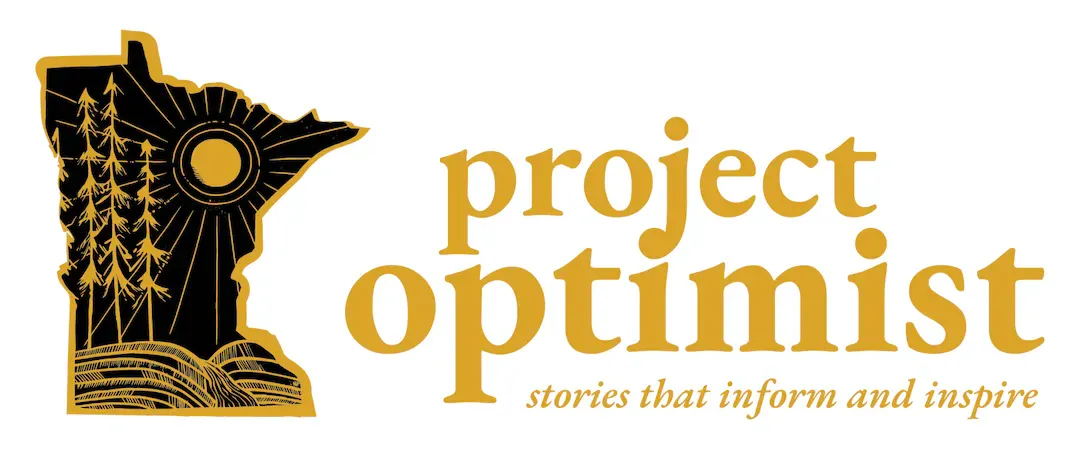How Stearns County addresses domestic violence
The number of domestic violence cases has not decreased, but officials say the Stearns County Domestic Violence Partnership has reduced homicides and offered victims and offenders support.

This story was updated on May 5, 2025, to clarify details about the prerequisites for consideration for the domestic violence court and to clarify the history of the court. Project Optimist regrets the errors.
This story was co-published with Minnesota Women's Press. It is included in the organization's May 2025 issue.
Domestic violence victims usually contact Mid-Minnesota Legal Aid after their partner’s criminal case goes through court, when they “have a chance to breathe again,” says Sarah McGuire, legal director of the organization’s St. Cloud and Willmar offices.
Her office handles civil litigation for domestic abuse victims as part of the Stearns County Domestic Violence Partnership. They help with child custody, orders for protection, restraining orders, evictions, medical insurance, immigration matters, and more.
Approximately one in four women and one in nine men have experienced intimate partner violence, according to the most recent study from the Centers for Disease Control and Prevention. Survivors face the greatest danger when they try to leave an abusive partner, according to the National Domestic Violence Hotline.
Sign up for Project Optimist's newsletter
Solution-focused news, local art, community conversations
It's free. No spam. Unsubscribe anytime.
People in abusive relationships attempt to leave their partner an average of seven times before they leave for good.
The Stearns County Domestic Violence Partnership launched in 2008 to stop the violence. It includes 11 community partners, such as the Stearns County Attorney’s Office, Mid-Minnesota Legal Aid, Anna Marie’s Alliance, and local law enforcement agencies. The group meets monthly.

The number of domestic violence cases has not decreased, but officials say the Partnership has reduced homicides and offered victims and offenders necessary support.
The scope of the problem
Domestic violence impacts people across socioeconomic status, gender, race, and sexual orientation. The abuse can be physical, emotional, financial, and psychological.
Most offenders don’t have anger problems, but seek control and power, says Stearns County Attorney Janelle P. Kendall. People who have at least one previous domestic violence felony charge and a current domestic violence felony charge are considered for domestic violence court.

At the beginning of 2008, 10 of the county’s 11 homicides stemmed from domestic violence. Kendall’s office analyzed data and found that about 40 men in the Stearns County Jail faced three domestic violence felony charges apiece. They moved through the criminal justice system and continued to commit new domestic violence crimes while their other charges were pending, Kendall says.
“We had a very small group of people that were literally taking up a lot of space in the jail,” Kendall says.
Officials realized they weren’t adequately monitoring whether offenders followed court-ordered conditions.
Everyone involved in a Stearns County case — law enforcement, advocates, court administrators, jailers, and attorneys — undergo training, which helps them better understand the dynamics of domestic violence. For example:
- Victims might not testify in court or interact with law enforcement “because they know that officers cannot save them,” Kendall says.
- Many choose not to get an order for protection to maintain their privacy.
- Victims commonly turn to drugs or alcohol to cope with their situations.
- Children suffer trauma, and can continue the cycle of abusive behavior as adults.
“I cannot tell you that we have fixed domestic violence, but I can tell you that every one of those people in the [criminal justice] system now has some insight into what’s going on," Kendall says.
Charles Hempeck, executive director of Anna Marie’s Alliance, says the organization provides support to victims as a case moves through court. Staff help victims find emergency shelter or long-term housing, child care, and mental health services.

Anna Marie’s oversees the Holding Hope Supervised Visitation Center. The facility offers a place for supervised visitation or safe exchanges of children. However, the facility can’t operate without federal funding, Hempeck says. At press time, the Partnership was waiting to learn the status of a $600,000 grant from the federal Office on Violence Against Women, which would cover the facility’s costs for three years.
The Partnership used to have a dedicated public defender, but funding ran out. Officials say communication has suffered as a result.
Another issue the Partnership faces is staff turnover.
“People who deal with this kind of trauma every day tend to not stay in the business a long time. You not only have to get that education out there … but you have to do it again and again and again,” Kendall says.
Focus on accountability and education
Andrew Pearson didn’t like the domestic violence court when he was a criminal defense attorney because his clients didn’t receive benefits from it. Drug treatment courts, for example, tend to be diversion courts where defendants receive incentives to meet requirements — they get lighter sentences or can have their records expunged. That’s not the case with domestic violence court.

Pearson changed his mind after he was appointed as a judge in the Seventh Judicial District Court because he saw the domestic violence court’s impact. He served as one of the specialized court’s judges for eight years, and says it gives victims time and space from the offender, and gives the offender tools to change.
(Jen Zettel-Vandenhouten and Erica Dischino for Project Optimist)
The court has two dedicated probation agents and a surveillance agent who check whether offenders meet court-ordered conditions. Offenders can return to jail or face additional charges if they aren’t home when they’re supposed to be, if they drink or use drugs, if they don’t go to work, or if they call their ex-partner despite a no-contact order.
“Domestic violence court [holds] the defendants accountable, which, for all practical purposes, has never happened to them before."
-Judge Andrew Pearson,
Seventh Judicial District Court
Since domestic violence court started, 50 percent of offenders have been sentenced to prison, Kendall says. The other half changed their behavior or are no longer with their partners. Offenders who don’t meet all the court’s requirements can get “enhanced supervision” if the court is full or if risk factors make it necessary, Kendall says.
Stearns County has only had one domestic violence homicide since the Partnership began. Yet, domestic violence court is usually full, with 40 defendants at a time, Kendall says.
“The numbers have really not changed over time, except for the [decreasing] homicides,” Kendall says.
Anna Marie’s Alliance wants to change that. The nonprofit organization runs a prevention education program for students and workplace training.
Clay and Mille Lacs counties have followed Stearns County’s lead and created domestic violence courts.
'We can do this differently'
When issues arise, officials acknowledge mistakes and seek solutions, Hempeck says. They focus on what’s best for the people involved, instead of trying to protect their own agencies. That doesn’t happen overnight.
“What it takes is a lot of work and a lot of relationship-building and trust-building, and then people are willing to step up and say, ‘Hey, you know what? This could have been done better. We can do this differently,’ ” he says. “It’s trying to not focus on the individual mistake, but to look at the system as a whole to make sure that it works well for the survivors and works well for the offenders.”
What to look for
Common signs of abusive behavior in a partner include:
• Telling you that you never do anything right.
• Showing jealousy of your friends or time spent away from them.
• Preventing or discouraging you from spending time with others, particularly friends, family members, or peers.
• Insulting, demeaning, or shaming you, especially in front of other people.
• Preventing you from making your own decisions, including about going to work or attending school.
• Controlling finances without discussion, such as taking your money or refusing to provide money for necessary expenses.
• Pressuring you to have sex or perform sexual acts you’re not comfortable with.
• Pressuring you to use drugs or alcohol.
• Intimidating you through threatening looks or actions.
• Insulting your parenting or threatening to harm or take away your children or pets.
• Intimidating you with weapons like guns, knives, bats, or mace.
• Destroying your belongings or your home.
Source: National Domestic Violence Hotline.
Where to get help
If you or someone you love is affected by domestic violence, contact the National Domestic Violence Hotline at 800-799-7233, or text BEGIN to 88788.
Find resources in Minnesota by visiting Violence Free Minnesota's website.
This story was edited by Becca Most and Mikki Morrissette. It was fact-checked by Jen Zettel-Vandenhouten and Mikki Morrissette.
